
William Henry Jackson Although Yellowstone had been thoroughly tracked by tribes and trappers, in the view of the nation at large it was really “discovered” by a series of formal expeditions. The first organized attempt came in 1860 when Captain William F. Raynolds led a military expedition, but this group was unable to explore the Yellowstone Plateau because of late spring snow. The Civil War preoccupied the government during the next few years. Immediately after the war, several explorations were planned, but none actually got underway. The 1869 Folsom-Cook-Peterson ExpeditionIn 1869, three members of one would-be expedition set out on their own. David E. Folsom, Charles W. Cook, and William Peterson ignored the warning of a friend who said their journey was “the next thing to suicide” because of “Indian trouble” along the way. From Bozeman, they traveled down the divide between the Gallatin and Yellowstone rivers, crossed the mountains to the Yellowstone and continued into the present park. They observed Tower Fall, the Grand Canyon of the Yellowstone—“this masterpiece of nature’s handiwork”—continued past Mud Volcano to Yellowstone Lake, then south to West Thumb. From there, they visited Shoshone Lake and the geyser basins of the Firehole River. The expedition updated an earlier explorer’s map (DeLacy, in 1865), wrote an article for Western Monthly magazine, and refueled the excitement of scientists who decided to see for themselves the truth of the party’s tales of “the beautiful places we had found fashioned by the practiced hand of nature, that man had not desecrated.” The 1870 Washburn-Langford-Doane ExpeditionIn August 1870, a second expedition set out for Yellowstone, led by Surveyor-General Henry D. Washburn, Montana politician and businessman Nathaniel P. Langford, and attorney Cornelius Hedges. Lt. Gustavus C. Doane provided military escort from Fort Ellis (near present-day Bozeman, Montana). The explorers traveled to Tower Fall, Canyon, and Yellowstone Lake, followed the lake’s eastern and southern shores, and explored the Lower, Midway, and Upper geyser basins (where they named Old Faithful). They climbed several peaks, descended into the Grand Canyon of the Yellowstone, and attempted measurements and analyses of several of the prominent natural features. 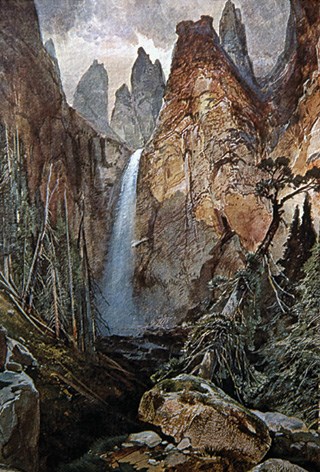
The 1871 Hayden ExpeditionFerdinand V. Hayden, head of the US Geological and Geographical Survey of the Territories, led the next scientific expedition in 1871, simultaneous with a survey by the US Army Corps of Engineers. The history of science in Yellowstone formally began with Hayden’s expeditions. Hayden’s 1871 survey team included two botanists, a meteorologist, a zoologist, an ornithologist, a mineralogist, a topographer, and an agricultural statistician/entomologist, in addition to an artist, a photographer, and support staff. The Hayden Survey brought back scientific corroboration of the earlier tales of thermal activity. The expedition gave the world an improved map of Yellowstone and visual proof of the area’s unique curiosities through the photographs of William Henry Jackson and the art of Henry W. Elliot and Thomas Moran. The expedition’s reports excited the scientific community and aroused even more national interest in Yellowstone. Hayden noted that in terms of scientific value, “The geysers of Iceland…sink into insignificance in comparison with the hot springs of the Yellowstone and Fire-Hole Basins.” 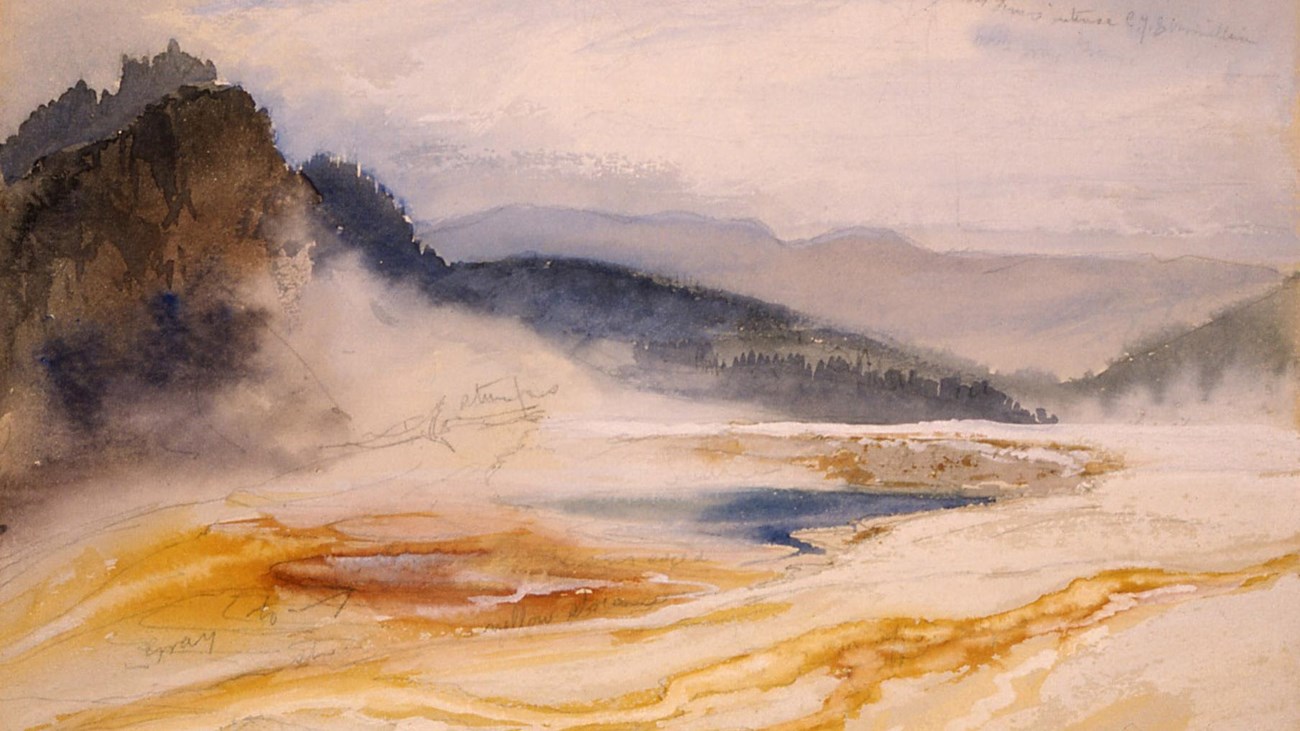
Thomas Moran's Diary
Experience 1870s Yellowstone through an artist's eyes. 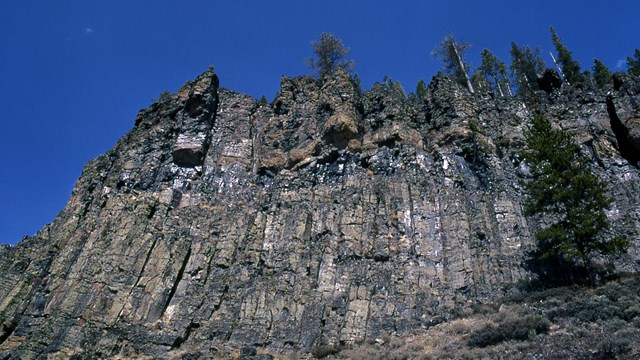
The Earliest Humans in Yellowstone
Human occupation of this area seems to follow environmental changes of the last 15,000 years. 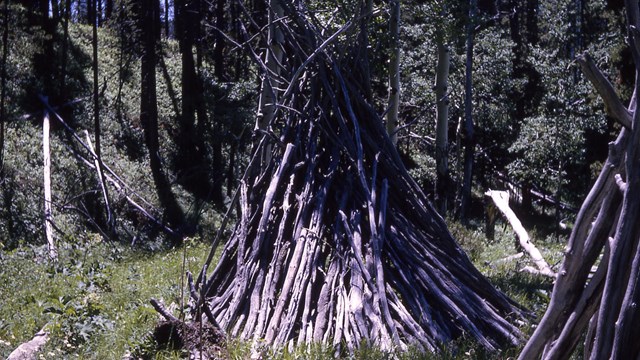
Historic Tribes
Many tribes have a traditional connection to this region and its resources. 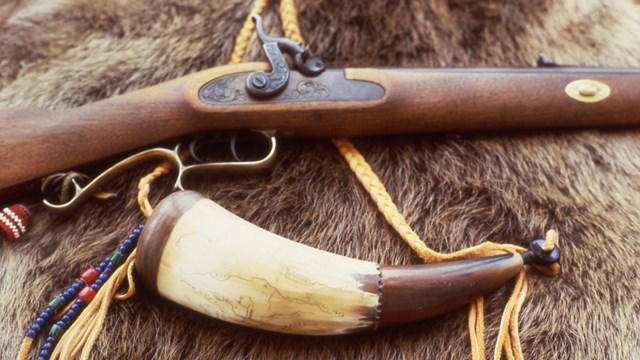
European Americans Arrive
In the late 1700s, fur traders traveled the Yellowstone River in search of Native Americans with whom to trade. 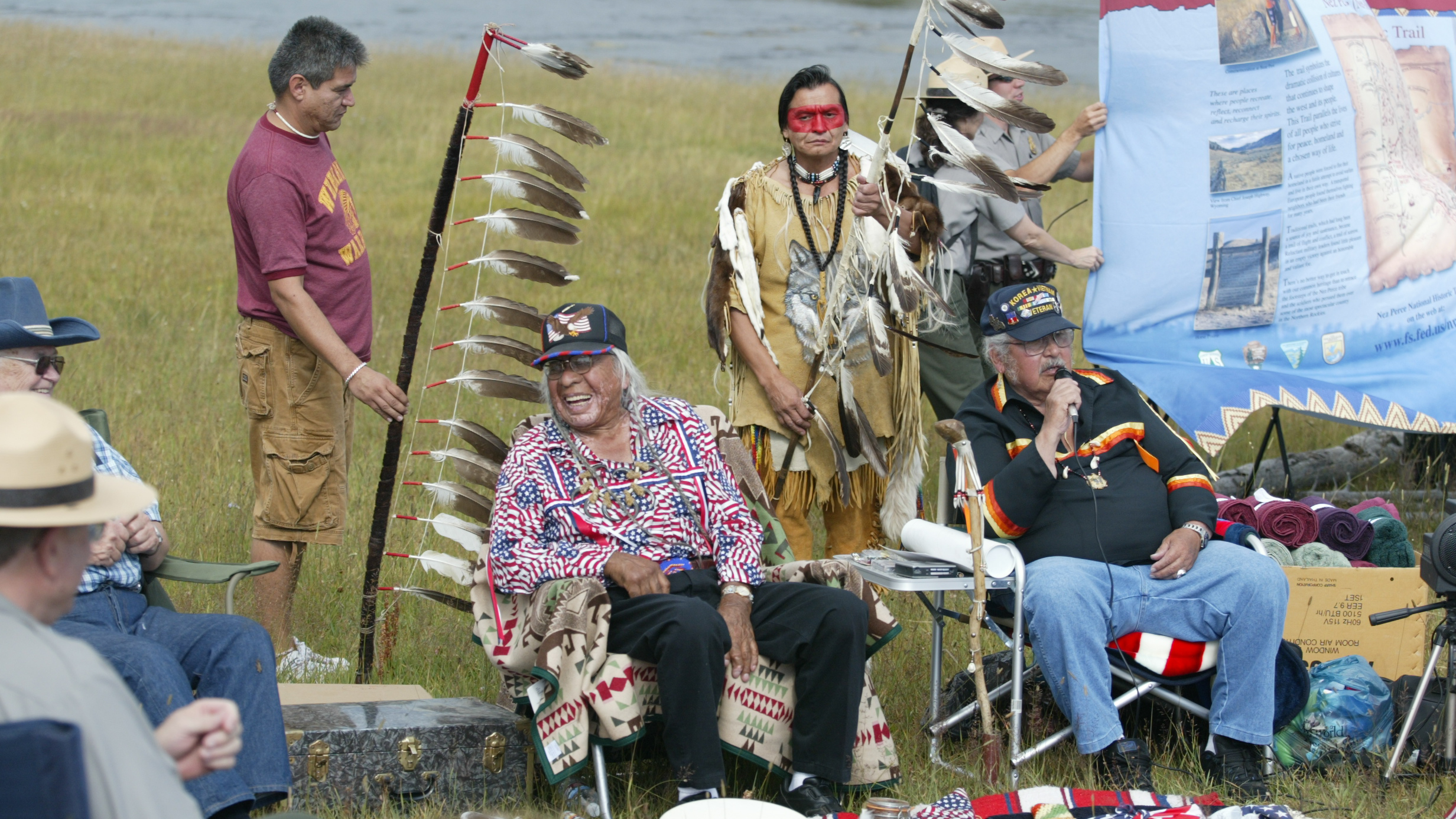
Timeline of Human History in Yellowstone
The human history of the Yellowstone region goes back more than 11,000 years. 
Birth of a National Park
Learn about Yellowstone's early days as a national park. 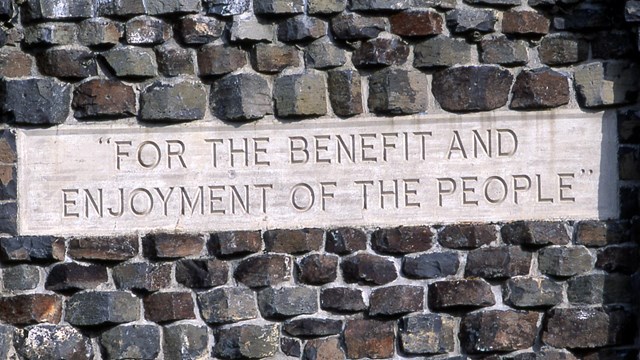
Modern Management
Managing the national park has evolved over time and dealt with some complex issues. 
Today's National Park Service
The National Park Service manages over 80 million acres in all 50 states, the Virgin Islands, Puerto Rico, Guam, and American Samoa. 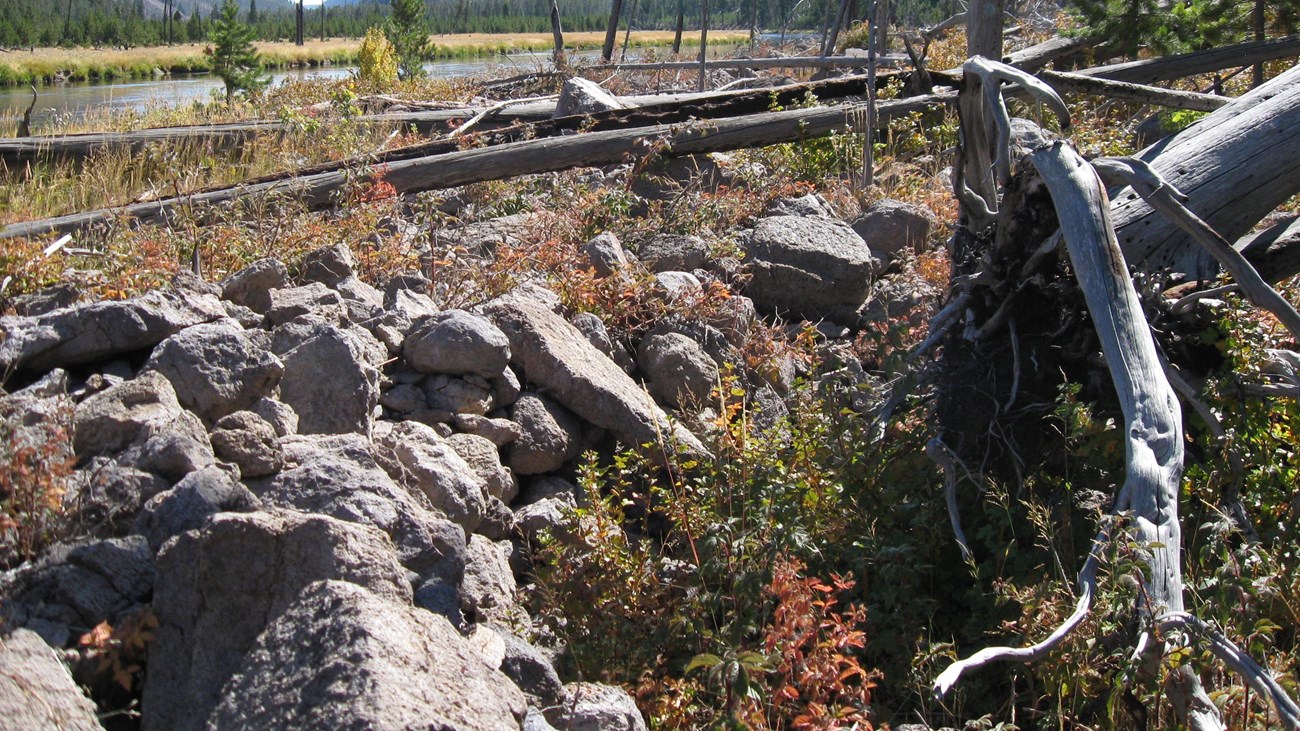
Park History
Learn about Yellowstone's story from the earliest humans to today. |
Last updated: April 18, 2025
